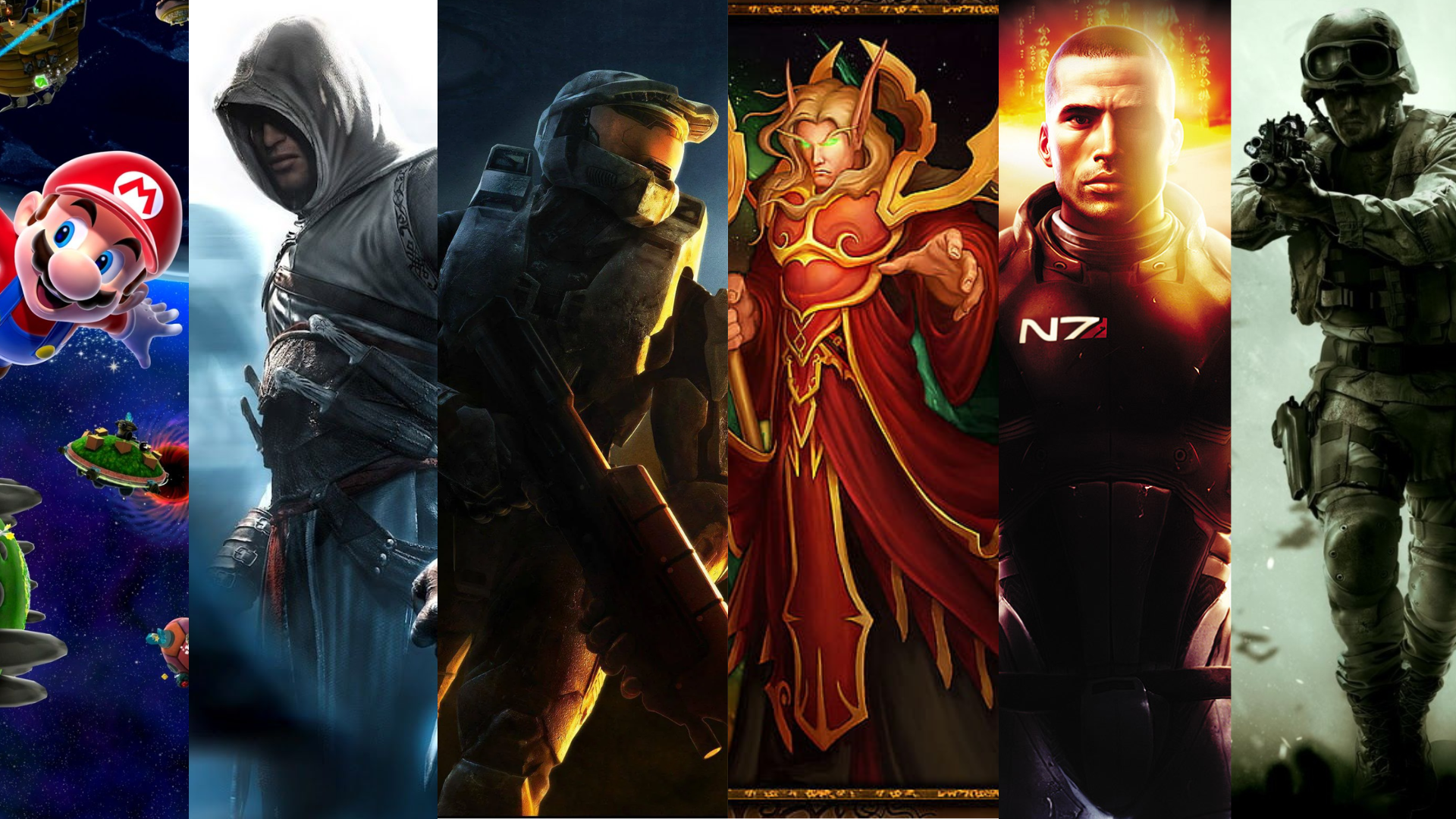2007 was one of the greatest years in gaming history, if not of all time. It gave birth to some of the most iconic franchises in the industry, as well as some of the best sequels.
With a new generation of consoles finally offering support for HD graphics, improved Internet speeds via Wi-Fi connection, solidification of console online multiplayer, and digital distribution of DLC, this period shaped the future of gaming in a way like no other.
Here is our list of the top titles of 2007, as well as their historical impact on interactive entertainment.
Halo 3
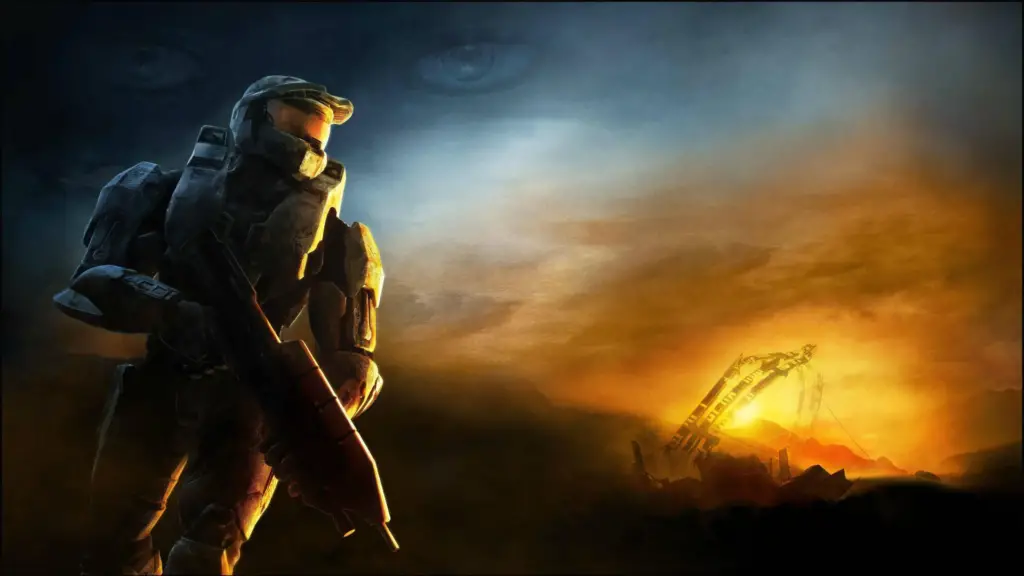
| Initial Release | September 25, 2007 |
| Developer | Bungie |
| Platform(s) | – Xbox 360 |
Halo 3 was highly anticipated back in 2007 as the sequel to the best-selling title on the original Xbox. It offered enhanced online multiplayer (through Wi-Fi), improved matchmaking, and the inclusion of Infection mode (which was a community feature created by players back in Halo 2).
The campaign serves as the stunning conclusion to developer Bungie’s Halo trilogy, with a memorable finale that has the Master Chief seemingly bring an end to the threat of the parasitic Flood. Players who complete the story on Legendary difficulty are rewarded with an extended ending that helps lead into the events of Halo 4.
New power-ups like the Bubble Shield and Power Drain, weapons like the Spartan Laser and Gravity Hammer, and vehicles like the Mongoose and Prowler added dramatic new elements to the gameplay. The removal of the dual-wield feature from Halo 2 was met with critical acclaim by fans.
What’s more, it introduced one of the most unforgettable features in the history of the series: Forge. This allows players to customize and edit maps, along with the ability to place weapons, items, and more. Custom game modes are supported on Forge maps, allowing you to create any kind of experience you desire.
Call of Duty 4: Modern Warfare
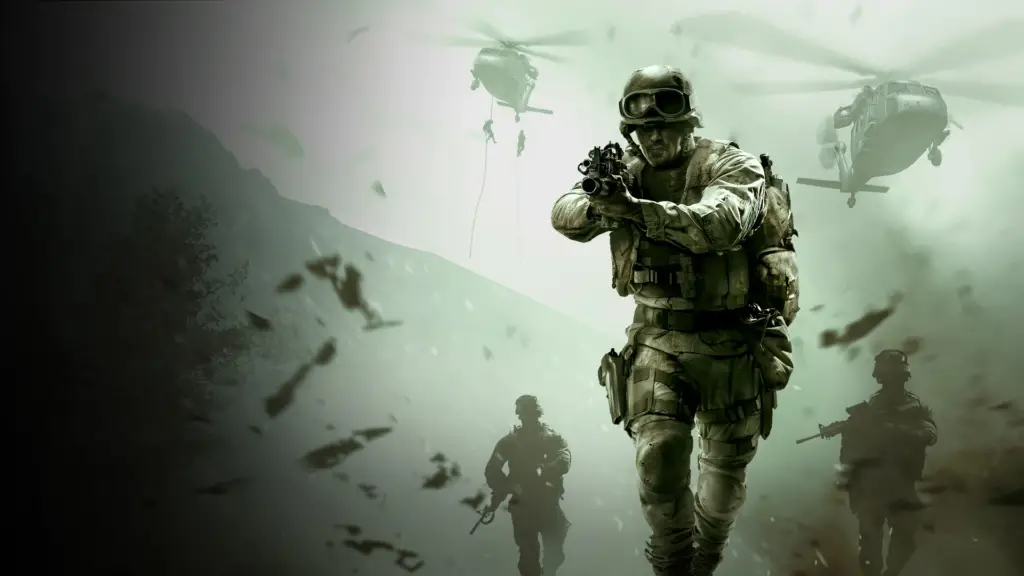
| Initial Release | November 5, 2007 |
| Developer | Infinity Ward |
| Platform(s) | – PC – Mac – Xbox 360 – PlayStation 3 – Wii |
Call of Duty 4: Modern Warfare is still considered one of the greatest first-person shooters in the history of the genre if not all time.
Departing from the World War II settings of previous entries in the series, Modern Warfare transported players into a contemporary military conflict, delivering a gripping narrative that felt both timely and immersive. The game’s intense single-player campaign, characterized by cinematic storytelling and memorable characters like Captain Price, set a new standard for narrative-driven shooters.
However, it was the multiplayer mode that solidified Modern Warfare‘s legacy. With a robust progression system with customizable load-outs, perks, killstreak rewards, and the Prestige system that lets you brag to all your friends how many times you started over, it revolutionized online multiplayer gaming.
Introducing these features created a more personalized and engaging experience, laying the foundation for many of the competitive online shooters that followed. The impact of Modern Warfare extended beyond gaming, influencing popular culture and shaping the future direction of the Call of Duty franchise.
Mass Effect
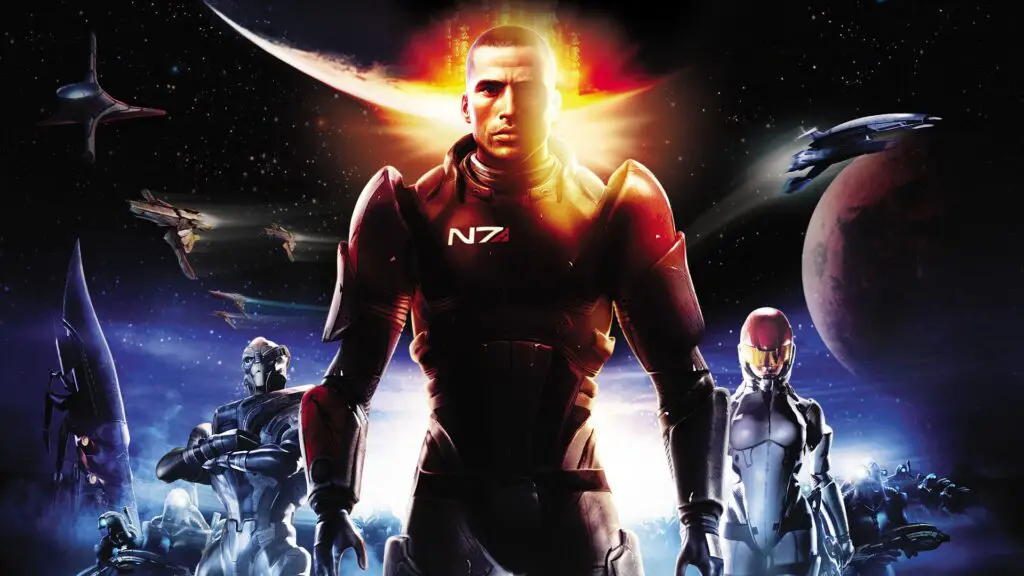
| Initial Release | November 20, 2007 |
| Developer | BioWare |
| Platform(s) | – PC – Xbox 360 – PlayStation 3 |
For so long, BioWare held a legacy as one of the most revered developers in Western role-playing games. After the glorious success of Star Wars: Knights of the Old Republic back in 2003, the Canadian-born studio began work on two new intellectual properties, one set in a sci-fi setting and the other set in a fantasy setting. The one set in a sci-fi setting came first and became known as Mass Effect.
Mass Effect tells an incredible tale of exploration and political intrigue throughout deep space, with squadmates from all across the galaxy led by Commander Shepard, an elite soldier of the Alliance Navy. Traveling across planets, players engage in combat with various alien races, using guns and powerful Biotic abilities. While the combat in the first entry was substandard in the eyes of critics and fans, it was the rich branching dialogue and kinky romance options (with full-blown sex scenes) that made up for it.
- Read more: Great Games Like Mass Effect
In addition to setting up a larger plot that would be told across a trilogy of titles, Mass Effect introduces the deep lore that sets the foundation of the series universe, and an in-game codex explains in greater detail the various intricacies.
Super Mario Galaxy
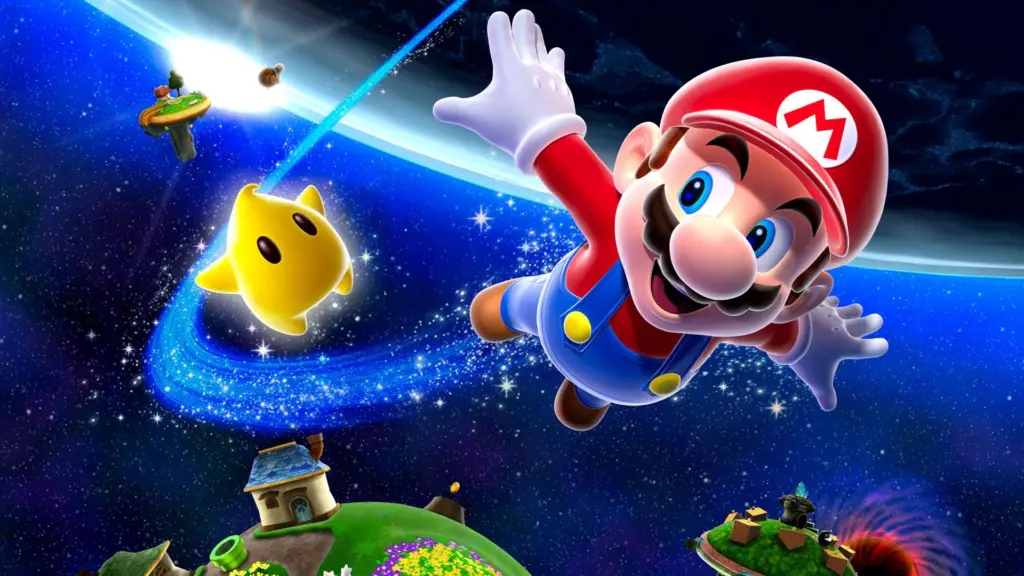
| Initial Release | November 1, 2007 |
| Developer | Nintendo |
| Platform(s) | – Wii |
Super Mario Galaxy is undeniably the best 3D platformer of all time, challenged only by its direct sequel. It is often celebrated as one of the most innovative and critically acclaimed games in the Mario franchise.
Unlike the traditional flat landscapes of earlier titles, Super Mario Galaxy introduced players to a series of spherical, gravity-defying planets and space-themed levels that pushed the boundaries of what a 3D platformer could achieve. It also took full advantage of the innovative motion controls introduced by the new Nintendo Wii system.
The game’s unique approach to level design, where gravity played a central role, allowed players to run, jump, and explore in ways that had never been possible before. This innovation not only refreshed the Mario series but also set a new standard for creativity in game design.
Assassin’s Creed
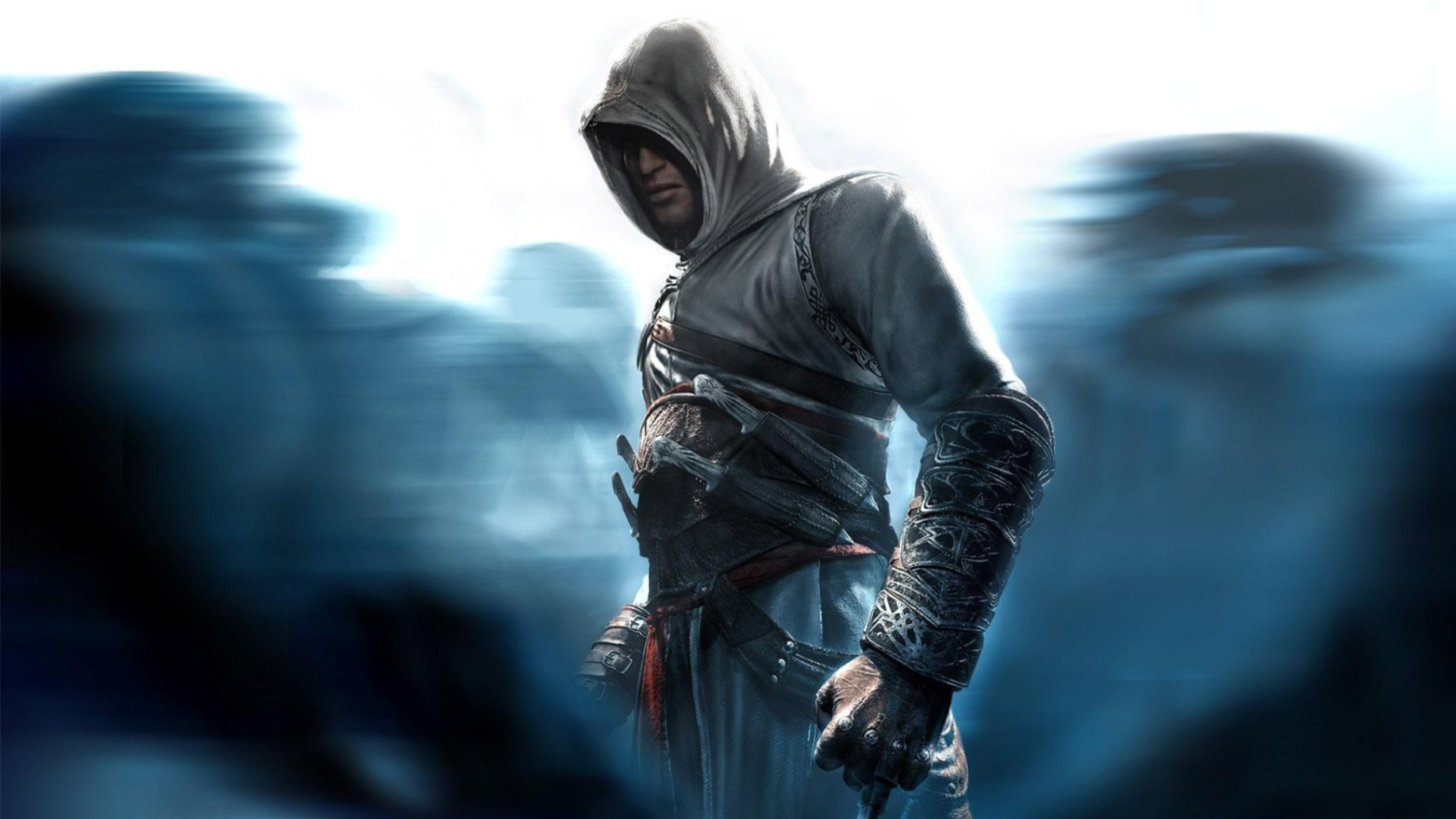
| Initial Release | November 13, 2007 |
| Developer | Ubisoft Montreal |
| Platform(s) | – PC – Xbox 360 – PlayStation 3 |
Assassin’s Creed tells the tale of a master assassin named Altaïr Ibn-La’Ahad, set during the Third Crusade in the Holy Land in 1191. It grew to become Ubisoft’s most successful franchise in history, with over a dozen core sequels.
With its blend of historical fiction, open-world exploration, stealth, and a unique parkour-inspired movement system, Assassin’s Creed offered a fresh and immersive experience that set it apart from other games of its time.
One of the most significant contributions of Assassin’s Creed was its emphasis on historical settings and storytelling. The game meticulously recreated cities like Jerusalem, Acre, and Damascus, allowing players to explore and interact with these environments in ways that were both educational and entertaining.
Offering both the ability to assassinate targets via hidden blade by sneaking behind them or leaping from atop heights, as well as the ability to engage in direct combat against more than 5 enemies at a time with proper countering, made you truly feel powerful. Finally, it introduced a series staple when you finally finished a long climb up a tower, to be rewarded with a panoramic view of the open world and unlock various waypoints on the map, only to take a massive leap of faith into a haystack below to press on.
This focus on history and exploration became a hallmark of the series, influencing the development of many other games that sought to blend historical accuracy with engaging gameplay.
World of Warcraft: The Burning Crusade
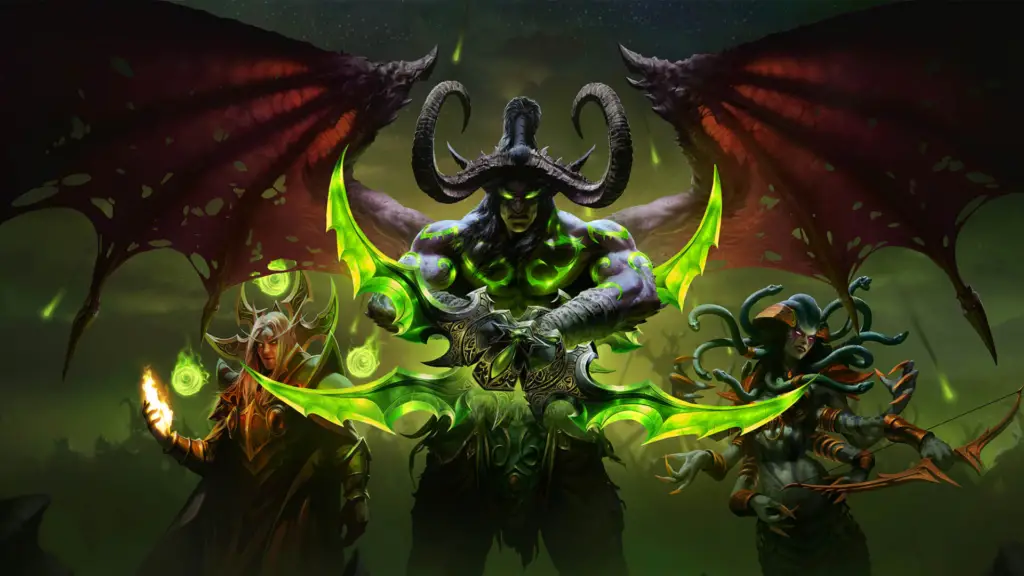
| Initial Release | January 16, 2007 |
| Developer | Blizzard Entertainment |
| Platform(s) | – PC – Mac |
The Burning Crusade, released in 2007, was the first expansion for Blizzard Entertainment’s immensely popular MMORPG, World of Warcraft (WoW). This expansion is historically significant as it marked a major evolution for the game, expanding its world, deepening its lore, and introducing new features that would shape the future of both WoW and the MMORPG genre.
One of the most notable additions in The Burning Crusade was the debut of two new playable races: the Blood Elves for the Horde and the Draenei for the Alliance. These new races brought fresh narratives and unique starting zones, adding depth and diversity to the game’s world. It also allowed members of opposing factions access to classes they were not able to play as before. For the first time ever, Horde players could be Paladins, and Alliance players could be Shamans.
The expansion also opened up the Dark Portal, allowing players to venture into Outland, a new continent filled with challenging dungeons, raids, and quests. The visual design and expansive environments of Outland were groundbreaking at the time, offering players a more vibrant and varied world to explore.
- Read more: World of Warcraft (WoW) Expansions
The Burning Crusade also introduced the Arena system, which provided a new competitive aspect to PvP (Player vs. Player) gameplay. This system became a cornerstone of WoW’s PvP experience, fostering a competitive community that thrived on skill and strategy. Additionally, the expansion raised the level cap from 60 to 70, introducing new abilities, talents, and gear that encouraged players to continue progressing and improving their characters.
The expansion’s success demonstrated Blizzard’s ability to evolve and expand the game world in meaningful ways, keeping the player base engaged and invested. It set a high standard for subsequent expansions, not just in terms of content but also in how it expanded the game’s lore and universe. The impact of The Burning Crusade is still felt in the gaming community, as it laid the groundwork for future expansions and reinforced WoW’s status as one of the most successful and influential MMORPGs of all time.
BioShock
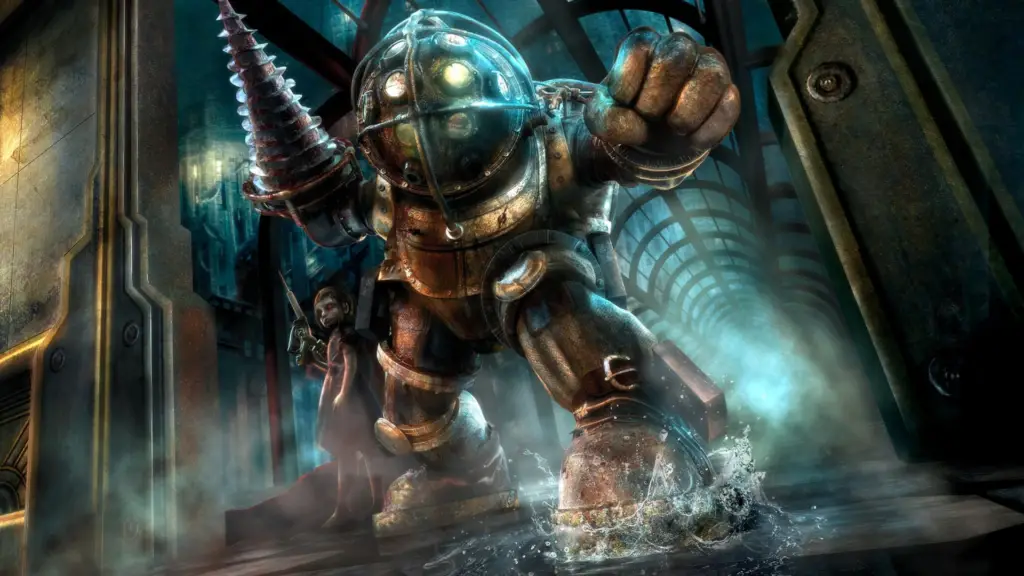
| Initial Release | August 21, 2007 |
| Developer | 2K Boston |
| Platform(s) | – PC – Mac – Xbox 360 – PlayStation 3 – iOS |
BioShock is a Dystopian first-person shooter set in the underwater city of Rapture. Players assume the role of Jack, a man who is attempting to escape the city after ADAM, a genetic material granting superhuman powers, initiates the city’s turbulent decline.
The gameplay mixes customization, role-playing, and stealth elements together into a truly one-of-a-kind first-person experience. As Jack collects multiple weapons, he also collects plasmids that allow him to make use of the superhuman abilities that are possible via ADAM. Jack engages in battle against fearsome enemies like “Big Daddies”, genetically enhanced humans grafted into titanic-sized diving suits who protect the “Little Sisters” that were infused with ADAM.
One of BioShock‘s most historically significant contributions to gaming is its ability to intertwine narrative and gameplay in ways few games had achieved before. The iconic “Would You Kindly?” twist stands as one of the most memorable plot reveals in gaming history, raising questions about the player’s agency and the illusion of choice in interactive media. This combination of philosophical depth and innovative gameplay elevated BioShock beyond typical shooter mechanics, making it a landmark in narrative-driven games.
Pokémon Diamond and Pearl
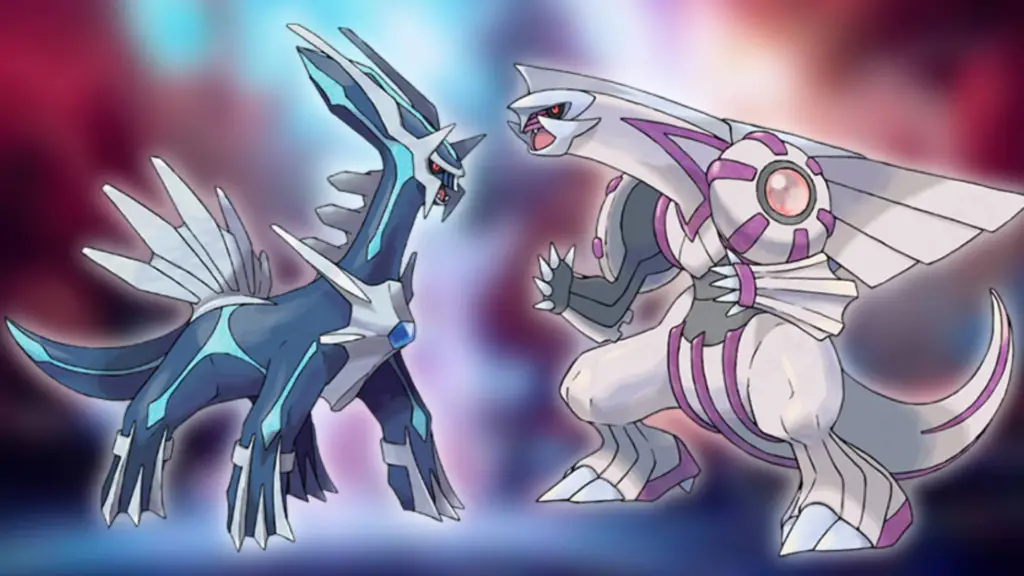
| Initial NA Release | April 22, 2007 |
| Developer | Game Freak |
| Platform(s) | – Nintendo DS |
Pokémon Diamond and Pearl introduce the 4th generation of games and are set in the Sinnoh region. These titles built upon the franchise’s traditional formula of capturing, battling, and training Pokémon while also adding significant new features that elevated the gameplay experience.
One of the most notable innovations was the introduction of the Global Trade Station (GTS), which allowed players to trade Pokémon online with others from around the world—an unprecedented feature in the series that capitalized on the DS’s Wi-Fi capabilities.
Another key addition was the split of physical and special moves based on the attack type, rather than the element of the move itself. This seemingly small change had a huge impact on the competitive scene, offering players more strategic depth and customization in battles. The games also introduced new mechanics such as Pokémon Contests, the Underground for multiplayer exploration, and the Distortion World, adding layers to both casual and competitive play.
Historically, Diamond and Pearl represent a turning point for the franchise and handheld games in general, as they modernized Pokémon with online connectivity and expanded gameplay mechanics, ensuring its relevance in the rapidly evolving landscape. These titles were also among the best-selling games for the DS, solidifying Pokémon as one of Nintendo’s flagship franchises and further embedding it into global pop culture. The recent remakes, Brilliant Diamond and Shining Pearl pay homage to these games, underscoring their lasting significance in the series.
Team Fortress 2
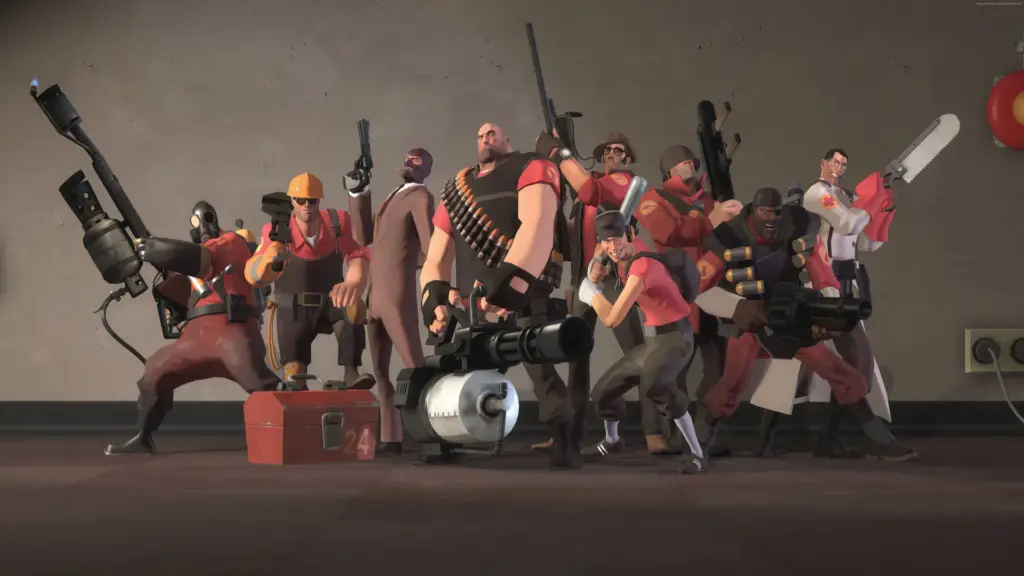
| Initial Release | October 10, 2007 |
| Developer | Valve |
| Platform(s) | – PC – Mac – Linux – Xbox 360 – PlayStation 3 |
Team Fortress 2 (TF2), released in 2007 by Valve Corporation, became one of the most influential and enduring multiplayer first-person shooters. Still to this day, it is considered the best of the hero/team-based shooter genre. A sequel to the Team Fortress mod for Quake, TF2 revolutionized the genre with its unique class-based system, offering players nine distinct characters, each with their own specialized abilities and roles. This approach, paired with a distinct cartoonish art style and humor, set it apart from other shooters that focused more on realism.
The game’s historical significance is tied to its pioneering of microtransactions and the “games as a service” model. In 2011, Valve made Team Fortress 2 free-to-play, supported by in-game purchases for cosmetic items, such as hats and weapons, creating a new revenue stream that influenced the business models of countless games to come. Its implementation of community-generated content through the Steam Workshop also fostered player creativity and involvement.
TF2 remains a cultural staple in the gaming world, with its mechanics, class diversity, and community-driven ecosystem shaping modern multiplayer gaming. Games like Overwatch and Paladins owe much of their design philosophy to TF2‘s class-based combat system and its balance of teamwork with individual skill.
Portal
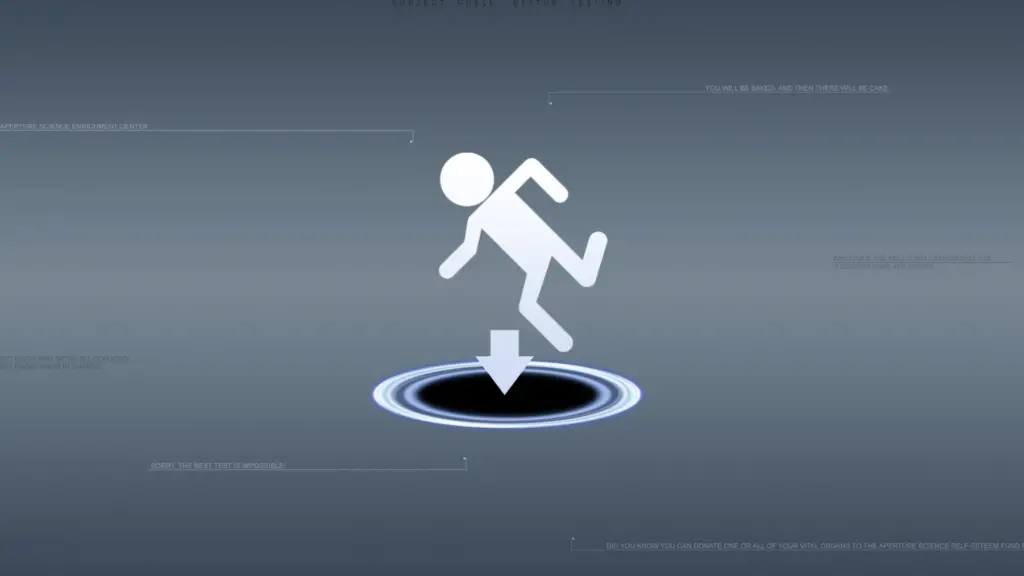
| Initial Release | October 10, 2007 |
| Developer | Valve |
| Platform(s) | – PC – Mac – Linux – Xbox 360 – PlayStation 3 – Android – Nintendo Switch |
Portal stood out in 2007 for its unique puzzle mechanics, centered around the use of a “portal gun” that allows players to create linked portals on surfaces to navigate through the environment while also experimenting with gravity physics. This mechanic introduced a new level of spatial thinking and problem-solving rarely seen before in gaming.
What made Portal historically significant was not just its mechanics but also its minimalist narrative and atmosphere. The game introduces the now-iconic character GLaDOS, an AI antagonist, whose dark humor and evolving malevolence gave the experience an unexpectedly strong narrative arc, despite its relatively short playtime. The sterile and controlled environment of Aperture Science, combined with GLaDOS’s passive-aggressive quips, provided a chilling yet humorous commentary on corporate power and science gone awry.
The cultural impact of Portal has been profound. The game’s tagline, “The cake is a lie,” became a widespread internet meme, and the end credits song “Still Alive” became an anthem for gamers. Portal set new standards for puzzle design, narrative integration, and gameplay innovation, influencing many titles that followed. It remains a timeless classic that redefined how games can blend simple mechanics with compelling storytelling.

